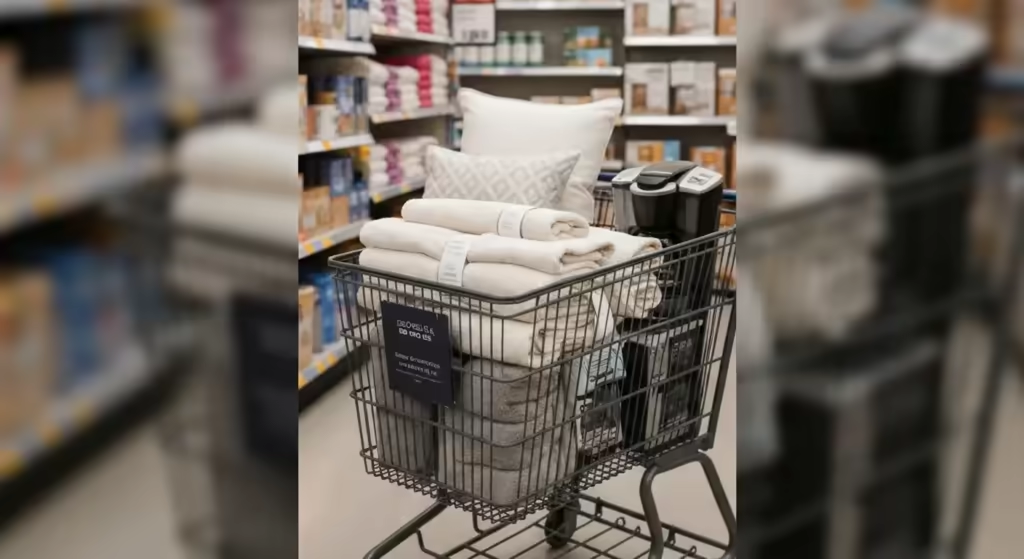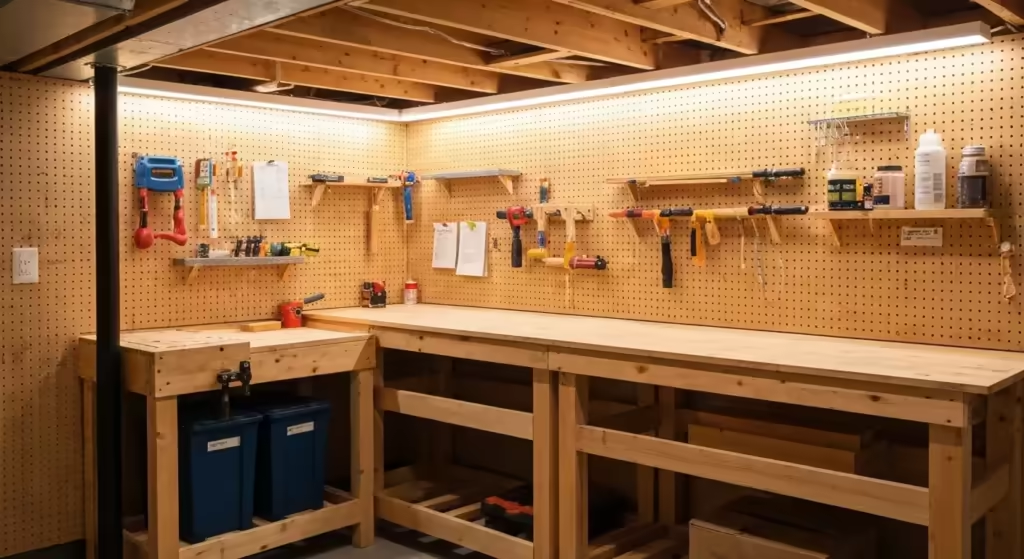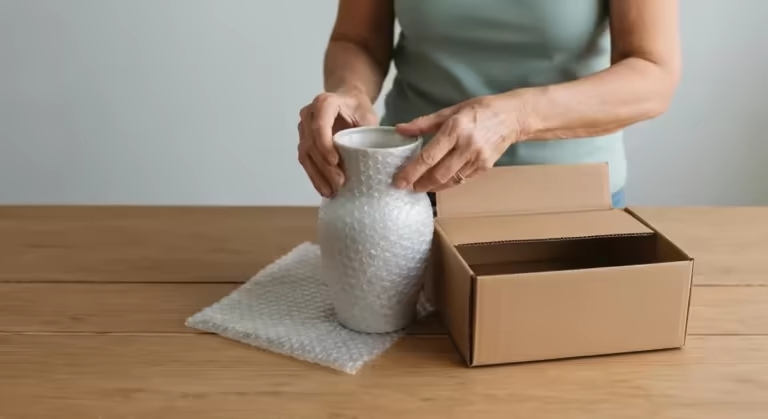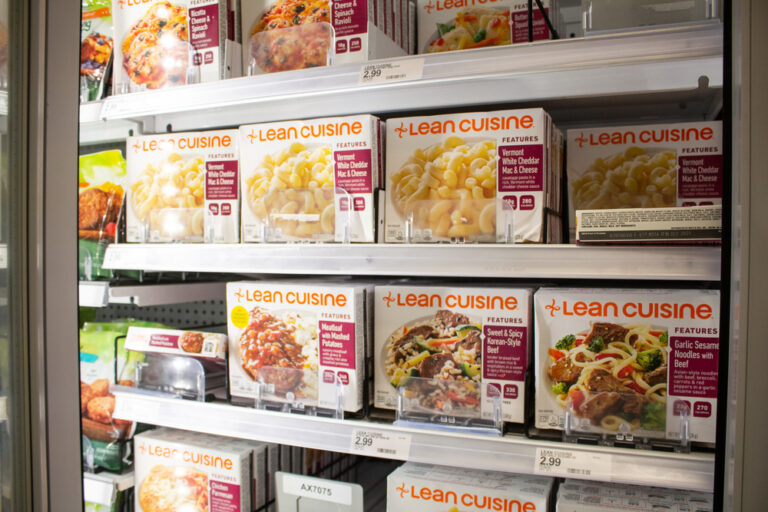Are those water bills causing you trouble? Let’s take care of them!
With inflation affecting the entire nation these past few years, squeezing household budgets tighter than ever, the last thing you want to deal with in your life is a surprisingly hefty water bill. It’s one of those expenses that can feel completely out of your control, arriving like clockwork to take a bite out of your paycheck. So, let’s talk about tangible, practical ways to save money on that bill and regain a sense of command over your finances, all without forgoing hygiene altogether!
We won’t deny that taking a scalding, hot shower is one of the best and most simple experiences of our human existence, especially on a cold winter morning. It’s a daily ritual, a moment of peace and quiet before the day’s chaos begins. But spend too much time in there, letting the water run while you daydream, and you’ll inevitably feel the pain when that pesky water bill arrives! That wonderful, steamy escape suddenly transforms into a costly indulgence you didn’t even realize you were paying so much for.
But that prolonged shower is far from the only way your water bill can seriously damage your wallet. Many homes have hidden water-wasting habits and inefficient appliances that quietly drain your bank account, gallon by gallon. The good news is that these are often easy to fix. So read on to learn about 6 sneaky yet simple ways of lowering your water bill and keeping more of your hard-earned money where it belongs: with you.

Take shorter showers
We get it! We apologize for even suggesting it, as this is often the most dreaded piece of advice. For many, that time is sacred. But if you can successfully learn to take shorter showers, it’ll be one of the fastest and most impactful ways to save money on water. You don’t need to buy anything or call a plumber; the change is purely behavioral. Shorter showers, practiced daily by everyone in the household, can add up to some big-time savings come bill time. A great way to start is by using a waterproof shower timer or even just playing a favorite 4-5 minute song as your cue to wrap it up.
Every minute you spend in the shower uses roughly 2.5 gallons of water, sometimes more with older showerheads. We found out that the average American showers for about eight minutes. That means a single shower consumes 20 gallons of water. If you can cut down your shower to even five minutes, a totally reasonable goal, you can shave off 7.5 gallons from your water usage every single time. That may not sound like much, but let’s do the math.
Now, if you do this every time you take a shower, it adds up exponentially. A daily 7.5-gallon saving translates to 225 gallons a month and a staggering 2,700 gallons a year! Also, don’t forget that taking shorter showers can save you a significant amount on the electric and gas bills, too! Less hot water used means less work for your water heater. You could even try a “navy shower”—turning the water off while you lather up with soap and shampoo and then turning it back on to rinse. This method alone can cut your water use by more than half without shortening your “in-shower” time.
The U.S. Department of Energy says that your water heater is a major energy consumer, accounting for approximately 18% of your monthly utility payments on average. It’s the second-biggest energy expense in most homes, right after the HVAC system. Therefore, your new shorter shower routine will save you money on multiple fronts, reducing both your water consumption and your energy consumption. It’s a double win for your wallet and the environment.
Save your soda bottles
Another fantastic, old-school way to cut down on waste and lower your water bill in your bathroom is to use the principle of water displacement. You can do this by adding a couple of plastic bottles to your toilet tank. This trick works best with older, less efficient toilets that use a lot more water per flush than modern ones. After each flush, the bottles take up some of the space in the toilet tank that would normally be refilled with water, effectively tricking your toilet into using less water to feel “full.”
The end result is that you can lower the amount of water you send down the drain with every single flush, saving anywhere from half a gallon to a full gallon each time. To accomplish this simple hack, take two 1-liter plastic bottles, remove the labels, and place about two inches of pebbles or sand inside them to weigh them down so they don’t float around and interfere with the flushing mechanism. It’s important to use something inert like sand or pebbles; never use a brick, as it can crumble over time and cause serious damage to your plumbing.
Then, fill the bottles with water to the top, put the lids back on tightly, and carefully place them in your toilet tank. Make sure that they’re positioned away from any of the operating mechanisms or moving parts, like the float arm and the flapper chain. You want them to sit there passively. Alternatively, if you’re not a fan of the DIY approach, you could also buy an inexpensive float booster or a purpose-made “tank bank.” These are commercially available displacement bags that do the exact same thing and cost only a few dollars.
Purchase low-flow toilets
As we just mentioned, toilets are one of our most significant sources of water waste inside a person’s home, especially if they are older models. They can easily account for 30% of your total indoor water use! Your situation could be even worse if you’ve got a model from before the mid-1990s. These old, ineffective toilets are true water guzzlers, and can use up to an astonishing 6 gallons of precious water per flush! Modern standards mandate just 1.6 gallons per flush or less.
You can save yourself about $140 annually on your water bill—and sometimes more depending on local water rates—by switching out an older toilet to a modern, low-flow WaterSense-labeled one. Over the lifetime of the toilet, that’s thousands of dollars in savings. You’ll also conserve roughly 13,000 gallons of water per year! But replacing old toilets costs money upfront, right? Of course, it does! An initial investment is required.
But trust us when we say that a new, efficient toilet will pay for itself in no time at all, often in under a year. Besides this, you should always check with your local water utility before you buy. Many water companies will offer substantial rebates or even cover the entire cost of an inexpensive low-flow toilet to encourage conservation. A quick search on your utility provider’s website under “rebates” or “conservation” can reveal some amazing deals.
Since you can often snag a basic, contractor-grade low-flow toilet for about $120, a utility rebate could make it practically free. Even without a rebate, it could pay for itself within a single year through water savings. And this is one of those DIY tasks that sounds much harder than it actually is. Replacing a toilet is surprisingly easy for two people. Just watch a few online tutorials, grab a buddy and a new wax ring, and get to work on a Saturday morning!

Load up that dishwasher
Just because the dishwasher is a magnificent machine that saves you lots of time and manual labor, it doesn’t mean you should run it every time you have a few dirty dishes. That’s a rookie mistake. To maximize efficiency, you should only run it when it’s fully loaded to avoid a high water bill and trampling on all those potential savings. A half-empty dishwasher is a major source of wasted water, energy, and money.
Remember that it takes the same amount of water and energy to wash a full load as it does a half load. So take advantage of those Tetris skills you honed years ago and fill it as much as you possibly can, ensuring water can still reach everything, without overstuffing it, of course. If you absolutely must wash a smaller load, many modern dishwashers have a “speed wash” or “half-load” cycle. So, use that for smaller loads to save funds on water! It’s a better option than running a full, long cycle for just a few items.
So, use that for smaller loads to save funds on water! And while we’re on this topic, let’s bust a major myth: don’t pre-rinse your dishes under a running tap. This might sound absurd to those taught to rinse everything clean, but modern detergents and dishwashers are designed to handle food soils. Simply scrape off the large bits of food into the trash and load the dishes directly. Pre-rinsing can waste dozens of gallons of water and is completely unnecessary. Using your dishwasher rather than hand washing is one of the best ways to reduce water usage and save you more money!
Multiple independent studies show that washing your dishes by hand typically requires between 9 and 27 gallons of water for a sink full of dishes, depending on your technique. On the other hand, a standard, modern dishwasher uses only about 3 to 5 gallons of water per load, thanks to a strict Department of Energy regulation. An ENERGY STAR certified dishwasher is even more efficient.
Furthermore, eco settings on dishwashers can save even more cash on water and electricity, but the cycle tends to take a bit longer. This setting uses a lower water temperature and less water overall, compensating with a longer wash time to achieve the same level of clean. So, if you plan on running your dishwasher overnight or while you’re at work, always use the eco setting for some extra, effortless savings!
Investigate any leaks you may have
This one is critical. Even if you have a seemingly insignificant small drip somewhere in your home, it can waste a shocking amount of water over time. How much? Apparently, one single drip per second from a leaky faucet can waste over 3,000 gallons a year. A single drip every ten seconds in an average house, which might go unnoticed, can still waste roughly 104 gallons a year! It’s like leaving a money tap on.
Also, any damage done to your plumbing, like a failing seal or a corroded fitting, gets much worse the longer you hold off on repairs. That tiny drip can eventually become a steady stream, causing water damage, mold growth, and a much more expensive plumbing emergency down the road. So it’s always best to fix any sort of leaks ASAP. Be sure to regularly check your fixtures and plumbing, especially under sinks, behind toilets, and at outdoor hose bibs. Ensure everything shuts off tight and there are no damp spots.
A great way to check for a hidden toilet leak is to put a few drops of food coloring in the toilet tank. Wait for about 15-20 minutes without flushing, and then check the bowl. If any color has seeped into the bowl, you have a silent leak, usually from a worn-out flapper, which is an easy and cheap fix. There are also plenty of resources available on YouTube to help you fix common household leaks. Once you’ve performed any required repairs, you can instantly save more every month on your water bills and protect your home from future damage.
Invest in better faucets
We already know that the simple act of turning off the faucet while brushing our teeth or washing our hands saves a lot of water, but did you know you can also conserve it even with the tap running? The solution is simple and cheap. To do this, you can either install an aerator on your existing faucet or upgrade to a WaterSense-certified faucet for your kitchen and bathroom sinks. Here’s a good example from Amazon.
An aerator is a small, inexpensive device that screws onto the tip of your faucet. It works by mixing air into the water stream, which creates a steady, non-splashing flow that feels just as powerful as a standard faucet. It reduces the flow without you having to compromise your sink’s performance and is at least 30% more efficient than traditional faucets. This simple installation, which takes less than a minute and requires no special tools, can immediately cut down on your water bill.
Here’s a fun fact you may not have considered, which highlights the power of collective action: If just one in every 10 homes in the US installed WaterSense-certified faucets or faucet aerators, it would save a whopping 6 billion gallons of water annually. On top of that, it would save over $50 million in energy costs from the reduced demand on water heaters! Your small change contributes to a massive national impact.

Let’s get real… How much can you ACTUALLY save on your water bill?
By taking a few of these simple, actionable steps now to reduce your household’s water usage, you’re doing more than just being thrifty. You’re not only helping to conserve a cherished and finite natural resource for future generations, but you’re also saving significant amounts of money month after month. This isn’t about a one-time saving; it’s about creating new habits that yield continuous financial returns.
Shaving even just a few dollars off your monthly water bill can add up to a massive and surprising impact on your long-term wealth-building capabilities. Sure, saving $50 a month on your combined utilities feels great in the moment, as it frees up cash for other needs. But have you ever stopped to think about what that money could do for you if you put it to work through investing? That’s when the real magic happens.
Think about it: The rule of 173 is a simple financial heuristic that allows us to quickly assess what a consistent monthly investment could turn into over a period of ten years, assuming an 8% average annual return. That means that if you were to invest your $50 in monthly water and energy savings, every single month, you could have an extra $8,650 in a decade. That’s real money that grew from water you didn’t waste!
And if you get really serious about conservation and manage to save and invest $100 a month by combining a few of these strategies, you’d be looking at an additional $17,300 in your accounts over that same ten-year period! This is how you turn small, conscious habits into a substantial financial asset. So how does THAT sound for motivation? It’s time to stop letting money drip down the drain.
Can you think of any other creative or effective ways of saving money on a water bill that we might have missed? Your experience could help others in our community become better savers! Be sure to let our readers know your best tips in the comments section below. And if you liked this article and are ready to tackle another household expense, you may want to also check out: Top 10 Most Budget-Friendly Supermarkets in the US














